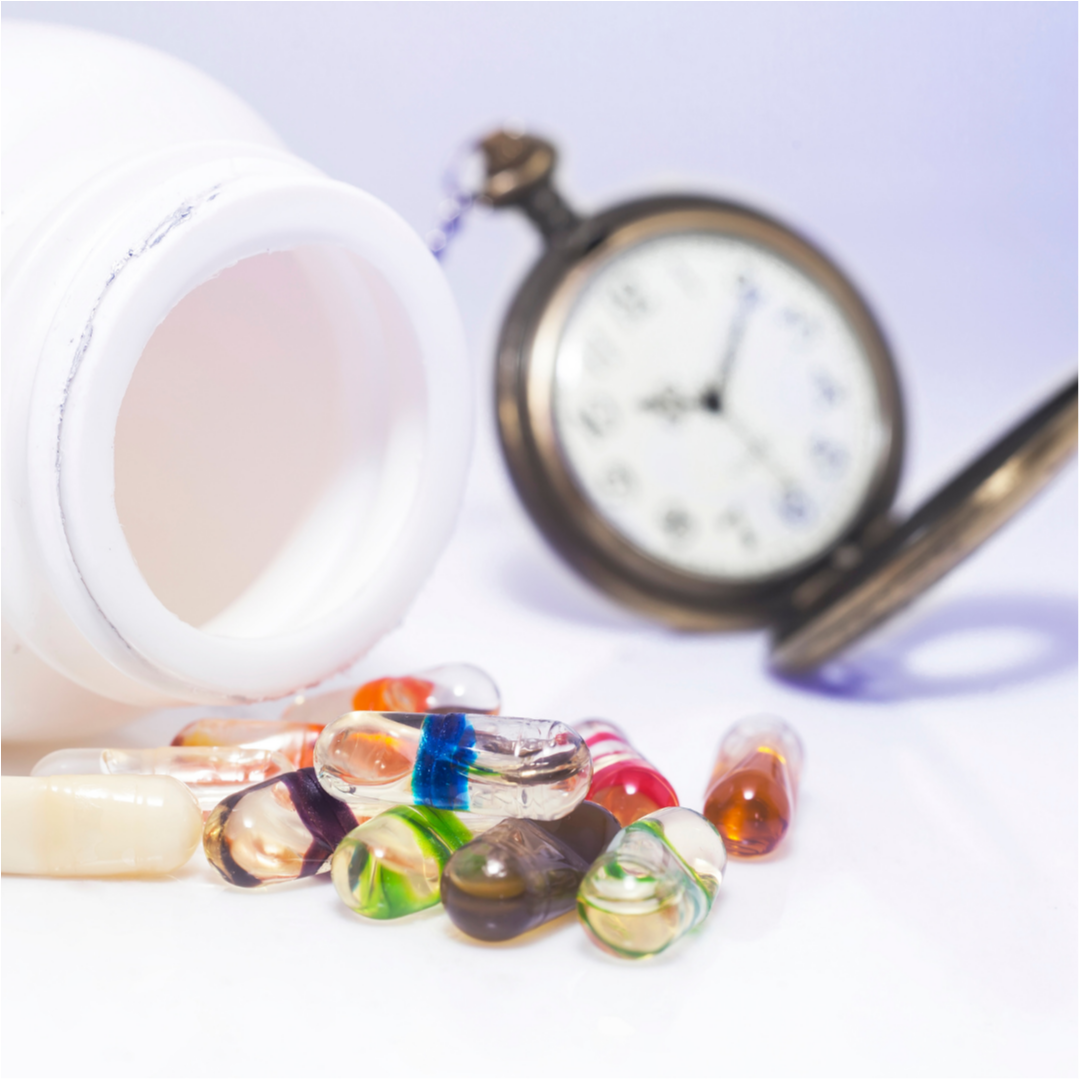See the sun set and rise
Look at a weather report to give you the current time of sunrise and sunset. The time of sunset varies throughout the year, and is determined by your position on Earth. Small daily changes in the timing of sunsets happen because of the the axial tilt of Earth, daily rotation of the Earth, the planet's movement in its elliptical orbit around the Sun, and the Earth and Moon's paired revolutions around each other.
During Winter and Spring, the days get longer and sunsets occur later every day until the day of the latest sunset, which occurs after the summer solstice.
Find a good place to view from
Ensure you have a clear view with no obstructions and additional light pollution
Look at the colours
As a ray of white sunlight travels through the atmosphere it looks as though some of the colors are scattered out of the beam by air molecules and airborne particles, changing the final color of the beam.
At sunrise and sunset, when the path through the atmosphere is longer, the blue and green components are removed almost completely, leaving the longer wavelength orange and red hues we see at those times. Sunset colors are typically more brilliant than sunrise colors, because the evening air contains more particles than morning air. Sometimes just before sunrise or after sunset a green flash can be seen.
Take a photo and come and tell us what you saw.
Interview someone
Pack your tools Have all of your equipment at the ready—whether it is pen and paper, a survey, or a mobile phone. Practice ways of explaining your project in a confident voice.
Create your plan Have a list of questions on paper—but also keep a list in your mind, so that you can have the most natural conversation possible. Make a date and time to meet your interviewee in a quiet place.
Open-ended. Short, simple, open-ended questions have many possible answers, and are a good backbone for an interview. Ask, “What was your childhood like?” “Did you have enough to eat?”
Elaboration and clarification. These little questions go a long way. “Can you tell me more about that?” and “Is there anything else you would like to add?” encourage more information. At the end of an interview, encourage a speaker to tell you anything you might have missed in your questions.
Make your approach polite and respectful. Explain what you’re doing. Be confident. Assume your subject will want to talk to you. The way people respond depends on how you approach them.
Listening is the key. A good interview is like a conversation. Prepare questions, but don’t just follow a list. The most important thing is to listen and have your questions come naturally. If you are curious and your questions are spontaneous and honest, you will get a good interview.
Take notes. Remember specific details. Take notes on your impressions immediately after the interview, while it’s still fresh in your mind.
Express thanks. Be sure to thank the interviewee for sharing his or her words and time. Let them know what it means to you, and its usefulness for your project.
Choose objects to put in a time capsule
Learn how to make a time capsule and treasure your family memories forever.
You can select what to put in your time capsule — tokens and memories of the current moment. Trace around your hands on a blank page, and date the page. Include today’s newspaper/front page of the paper. Take some photos of your house, family, bedroom. Compose a letter to your future self. Save souvenirs and memorabilia from day trips.
It is time to assemble your container - include all of your favorite time capsule treasures, and seal your box. A wonderful idea would be to wrap your box just like a gift and decorate it, and finally, you need to label it with your name, and date when box could be opened, and by whom.
Now hide it away - we do not recommend you bury your time capsule, because all of your special memories are likely to be ruined.
Come and tell us all about the contents of your time capsule.



